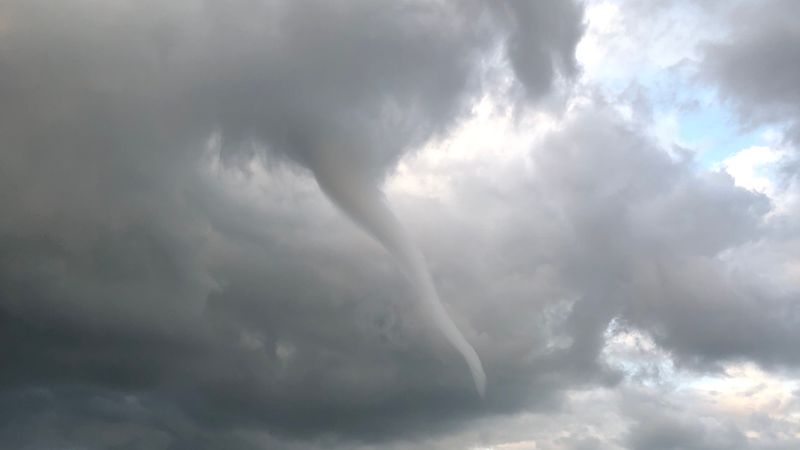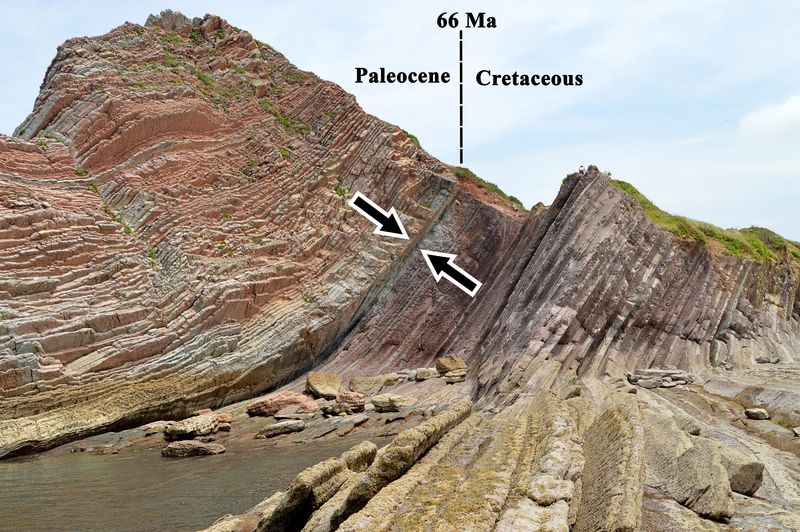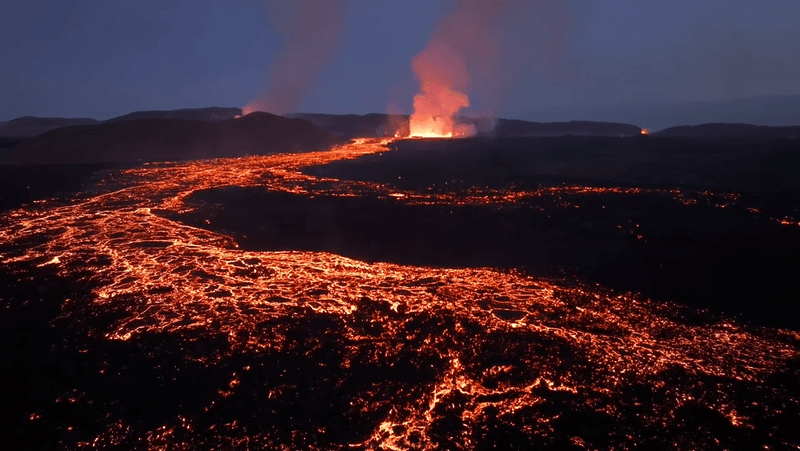Spot a funnel emerging from the bottom of a cloud and you’d be forgiven for feeling like you might need to start legging it towards the nearest sturdy building. However, if it looks like it’s struggling to reach the ground, you’re not necessarily about to witness a tornado – it could be a cold air funnel. So, what’s the difference?
How do they form?
According to the World Meteorological Organization, cold air funnels are funnel clouds that from small rain showers or weak thunderstorms when the air above them is unusually cold. This means that they’re most common in the US in the fall and spring, when temperatures closer to the ground start to get warmer, but higher up in the atmosphere, they’re still pretty chilly.
While we don’t know exactly how tornadoes form, they’re different to cold air funnels in that they tend to come from stronger thunderstorms. They’re also most common in the US from early spring through to June or July, depending on the part of the country – although they can happen at any time of year.
Touching the ground
The key difference between tornadoes and cold air funnels is whether or not they touch the ground. Tornadoes very much do so – in fact, they have to touch the ground in order to be considered as a tornado. Otherwise, they’re classed as a funnel cloud.
Cold air funnels, on the other hand, typically don’t reach the ground. As a result, they’re usually considered to be harmless.
However, on rare occasions, cold air funnels can end up touching the ground and become tornadoes. In the unlikely event that this happens, the resulting tornado is typically much less violent than the usual kind, staying within the lowest rating on the Enhanced Fujita Scale (EF Scale) – that’s the scale that weather experts use to retrospectively measure the strength of a tornado based on wind speeds and degree of damage.
That’s not to say tornadoes stemming from cold air funnels can’t cause damage; Missouri saw a cold air funnel event back in September 1994 during which three of the funnels reached the ground and caused EF0-level damage to barns, trees, and houses.
Weather warnings
But while damage is possible, you won’t usually see a tornado warning issued by the National Weather Service (NWS) if cold air funnels start appearing, purely because they’re so unlikely to end up becoming a tornado. Instead, the service may issue a Special Weather Statement.
Unlike a tornado warning, such statements can often heavily rely on witness reports; that’s because cold air funnels are usually so weak that it’s pretty difficult for radar to pick them up. Although reports from spotters can also contribute to a tornado warning, tornadoes are much less difficult to detect via radar.





